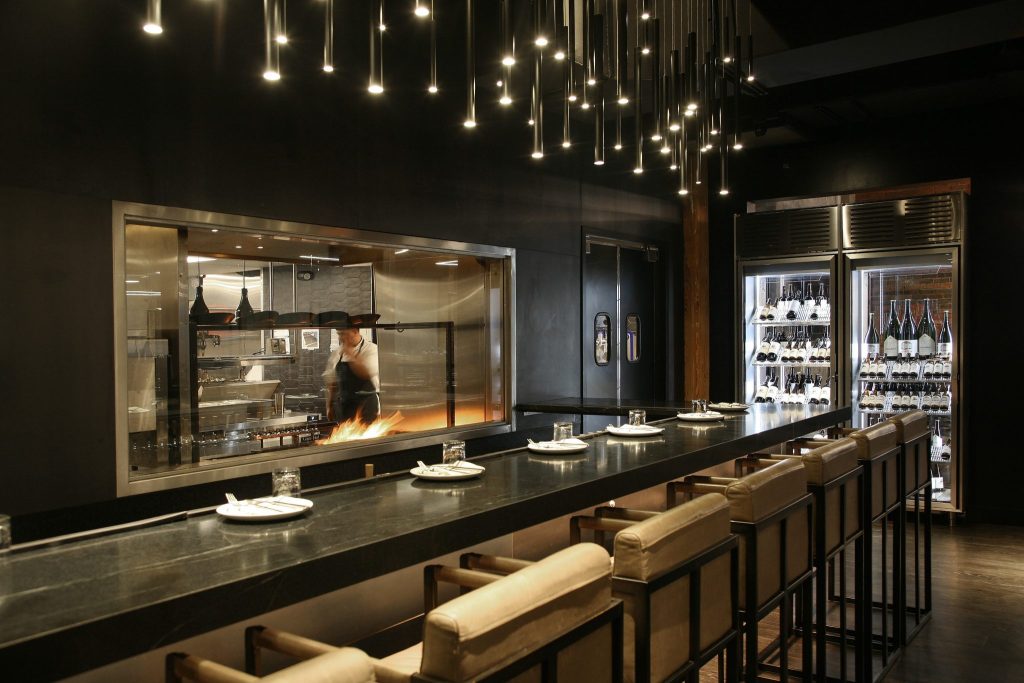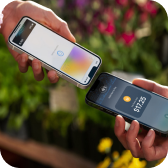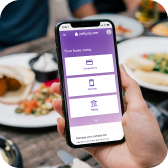Technology
Our first advice is to use the latest technology that is available.
Before dining
Dining experience usually starts before the customer even stepped inside a restaurant. It starts with booking a table. Restaurants that allow booking a table online as well as are present on various table booking apps like OpenTable have a considerable advantage.
If a restaurant doesn’t provide an option of booking a table, it can still use technology. Recently, an app called Walkin became popular in London. It allows you to virtually enter a queue for a trendy restaurant and then track your progress in this queue as well. Some of the early adopters of this app include restaurants like Kricket, Eggbreak, Flat Iron and many more.
During dining
Even though we are living in an increasingly digital era, technology still surprises people a lot. If you are using digital devices while taking orders or you have or tablets that allow customers to order at their table, that is likely to add bonus points to your dining experience. On another note, however, don’t try to replace all the human communication in the restaurant because many customers still really value a good conversation with their waiter.
Payment process
Up until a few years ago, there was nothing exciting about the payment process at a restaurant. However, even that has changed a lot. Nowadays, even paying at a restaurant could be a unique experience. Imagine paying on a smart device that easily lets you split the bill between all the people in the group as well as add as much tip as you want. That device can later ask you about your feedback about dining in the restaurant, and you feel like your opinion matters (it really does). It sounds like a restaurant card machine from the future, doesn’t it? Well, it already exists, and that’s what we at TableYeti are doing. Make sure to check out our payment device page. Some of the restaurants who already understood the importance of a convenient and easy payment process include Maray, Tea and Bun House and the Unity Diner.
After dining
Often, the dining experience doesn’t end after paying. Many restaurants are investing in their apps and encourage their customers to download them to be able to earn loyalty and rewards points.
Some others are asking customers to follow them on social media and announce their latest menu updates and seasonal offers there. Many are asking customers for the emails to be able to send them email communication and personalised offers such as birthday discounts, for example. Of course, not every single customer would want to receive notifications from every single restaurant they visited, but some will. Having analysed data from over 46,000 transactions over the last six months, we found out that around 5% of the customers are happy to sign up for the marketing list of the restaurant they visited. For more unique and exciting findings from the restaurant industry, check out our white paper here.















